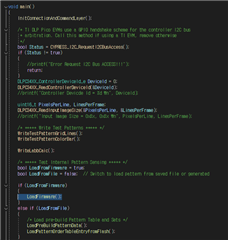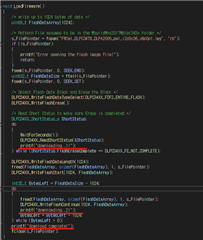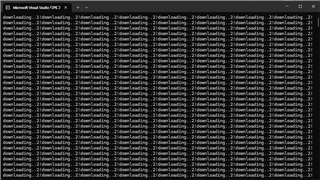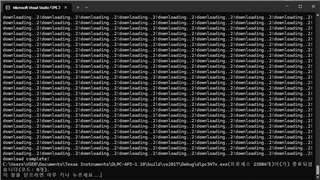Other Parts Discussed in Thread: DLPC3479
Hi, team
I wonder if it is possible to update FW (.img) using the DLPC API.
I tried using the sample code, but It doesn't work well.
I am trying using the code below. Is this the right way?
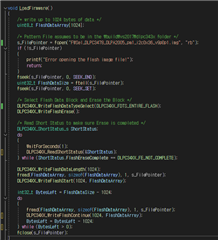
If not, please tell me how I can update FW using API.
DLP FW Version : 9.0.1
API Version : 1.10


